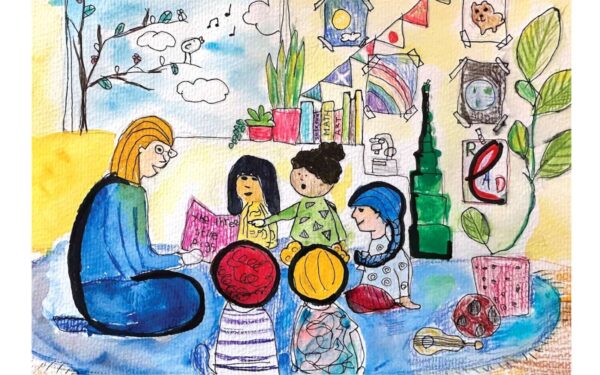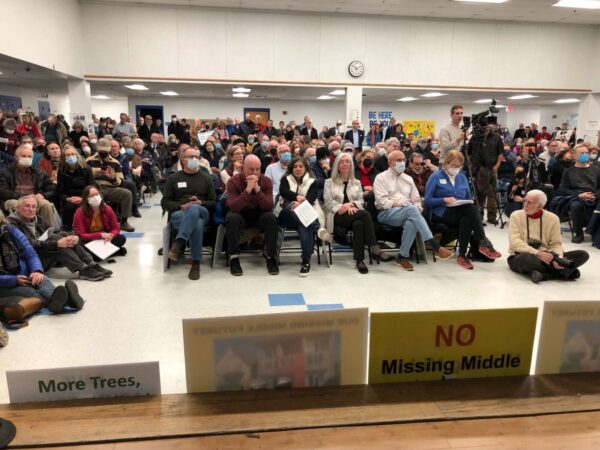
Sofia Kaarina Kurbat from Innovation Elementary is grateful for her teachers instilling in her the joy of learning.
So, it was fitting that she was in class on Tuesday when Google paid a surprise visit to the Courthouse-area school to say her submission to the 15th annual Doodle for Google competition was named the best in Virginia.
Young artists were asked to draw a picture of something they are grateful for and explain it in a statement. Kurbat was one of 55 state and territory winners and this is what she had to say about her drawing:
2023 is my first year of school and I love it — going to school, learning new things, enjoying the company of my classmates makes me happy every day because of the wonderful teachers, who work so hard to give us the joy of learning.
This is the year I learned to read and I’m thankful for my teachers being so encouraging. I am also thankful for my supportive community, where everyone is welcome and everyone’s special talents are recognized and celebrated. This [is] what I tried to express in my Doodle.
Other artists depicted their gratitude for spending time in nature, taking part in hobbies and spending time with their communities, Google said.
“We were amazed by the submissions we received. Across ages, students showcased what they appreciate most in thoughtful and intentional ways,” Google said in a statement. “Given the challenging nature of the past few years, we were really inspired to see the many ways students have been nurturing their spirits and facing the opportunities and challenges that every day brings.”
Kurbat and the 54 other children received Google hardware and swag and “held celebrations in their hometowns to showcase their artwork,” the tech company said.
Voting is expected to open today to choose which five of the 55 winning state Doodles will advance as national finalists and eventually, which student will be declared the big winner and have their design temporarily grace the top of Google.


